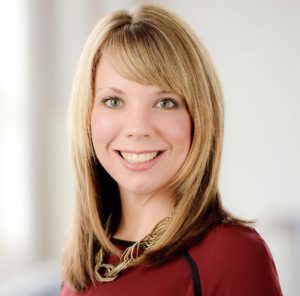 Like many, I’ve found myself frequently recalling what I was doing one year ago. At press time, I reached the anniversary of my last flight. I recall boarding a plane to Santa Fe, N.M., to do a site visit for our HCD Forum event. I felt a little uncertain as coronavirus headlines were starting to gain our national attention, but I stuffed my backpack full of bleach wipes and felt confident that all would be fine. It’s hard to grasp the enormity of what’s happened since then, the human toll, and how much we’ve all been changed by it.
Like many, I’ve found myself frequently recalling what I was doing one year ago. At press time, I reached the anniversary of my last flight. I recall boarding a plane to Santa Fe, N.M., to do a site visit for our HCD Forum event. I felt a little uncertain as coronavirus headlines were starting to gain our national attention, but I stuffed my backpack full of bleach wipes and felt confident that all would be fine. It’s hard to grasp the enormity of what’s happened since then, the human toll, and how much we’ve all been changed by it.
And as our Healthcare Design COVID-19 Industry Survey showed, most of you were affected professionally, as well, with just 16 percent of respondents reporting that they weren’t involved in some form of pandemic response. (For coverage of the survey, see our March 2021 issue.) While we’ve talked a lot about those immediate solutions put into place—room conversions, alternate care sites, social distancing measures, etc.—it’s important to zoom out, as well.
In this issue, we tackle a couple of separate trends that have emerged over the past year, beginning with the surging use of telemedicine. As Executive Editor Anne DiNardo shares in her piece “Staying Power,” virtual care was buoyed by need as providers sought alternatives to in-person exams and consultations as well as broadening reimbursements that made it financially feasible. And now as both providers and patients have experienced the benefit of telemedicine amid the pandemic, it’s anticipated that use will continue beyond COVID-19. That means healthcare organizations and their design partners must thoughtfully assess current and future clinical environments to ensure necessary infrastructure is in place for this new medical frontier.
Like telemedicine, virtual design solutions in use pre-pandemic received a jolt over the past year, too. As firms strive to maintain collaboration between staff members as well as with clients, technology has stepped in to help achieve it. In “A Bigger Picture,” Luke Gehron and Susan C. Blomquist from Payette share virtual reality and augmented reality solutions the firm originally developed to layer on top of physical mock-ups for a more robust picture of future built environments. But in our world of remote work, those solutions are now being leveraged to replace in-person ones.
As we all embrace what were intended to be short-term solutions, it will be interesting to see what sticks around another year from now. I have a feeling our world is about to change yet again. In the meantime, I look forward to the memorable steps to come, and hopefully they include another flight to see some of you.











